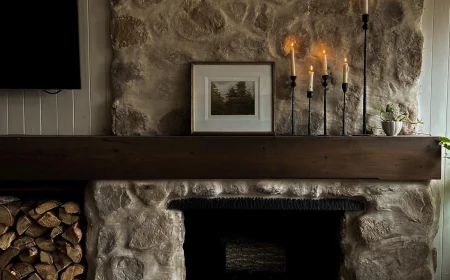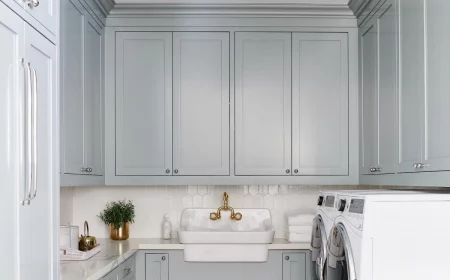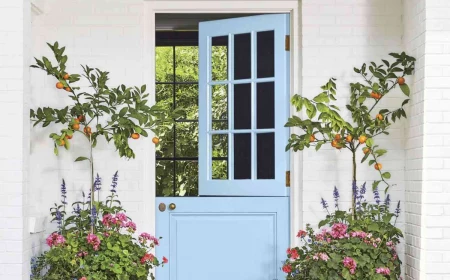Tired of a Hot House? An Insider’s Guide to Actually Staying Cool
I’ve spent a couple of decades in home building and performance contracting, and let me tell you, I’ve been in more sweltering attics than I can count. I’ve seen homeowners stuck between a rock and a hard place: either sweat through the summer or watch their electric meter spin like a top.
In this article
Honestly, a lot of the “cooling tips” you find online are pretty weak. They might feel nice for a second, but they don’t tackle the real problem. This guide is different. I want to share what I’ve learned from actually being on job sites, not just reading about it. We’re going to look at how heat bullies its way into your house and, more importantly, the real-deal steps you can take to stop it.
We’ll cover everything from free daily habits to bigger projects that make a lasting impact. My goal is to give you the insider knowledge to turn your home into a cool refuge from the sun.
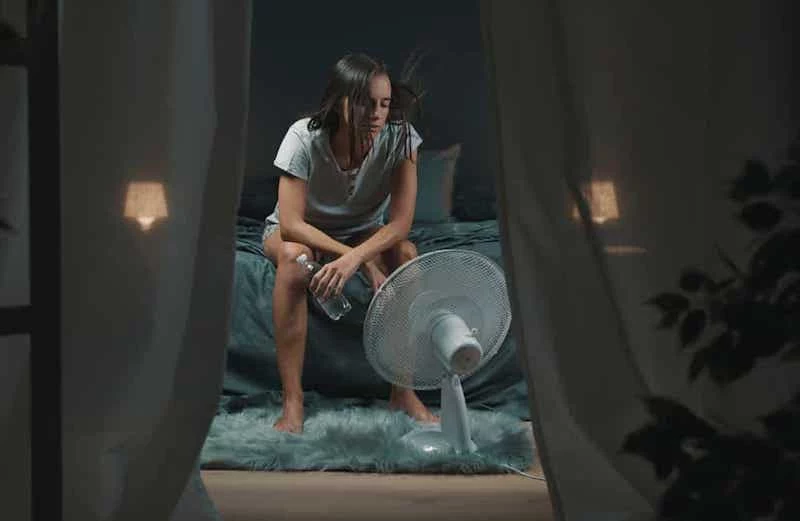
First Things First: Know Your Enemy
Before you can cool your home, you have to understand how heat works. It’s relentless, and it uses three main tactics to invade your space. Grasping these is the key, because everything the pros do is based on controlling these three forces.
1. Radiation (The Sun’s Superpower)
This is heat that travels in waves. The sun is the biggest offender, beating down on your roof and walls all day. Dark roofs and siding soak up this energy, getting incredibly hot and then radiating that heat into your attic and home. It’s that feeling you get standing in direct sunlight—you feel the heat even if the air is cool. A huge part of our strategy is just blocking this radiant heat before it ever gets in.
2. Conduction (Heat on the Move)
This is heat transfer through touch. When your windows and walls get hot, that heat literally travels through the solid material into your house. Think about a metal spoon in a hot coffee mug; the handle gets hot because the heat conducts right up it. Your walls and windows are the same. Poorly insulated walls and old single-pane windows are basically superhighways for heat.

3. Convection (The Sneaky Airflow)
Convection is heat moving through air. We all know hot air rises. This creates air currents that spread heat around your house in what’s called the “stack effect.” Hot air rises to your top floor and attic, creating a tiny bit of pressure that sucks in outside air from cracks and gaps down low. If your attic is a blazing 140°F, convection is trying its best to pull that heat down into your living room through any unsealed opening it can find.
So, our game plan is simple: We fight back against all three.
Your First Line of Defense: Block the Sun
The smartest and most effective thing you can do is stop the sun’s heat before it gets inside. Every bit of heat you block outside is heat your air conditioner doesn’t have to fight. This is where you get the most bang for your buck.
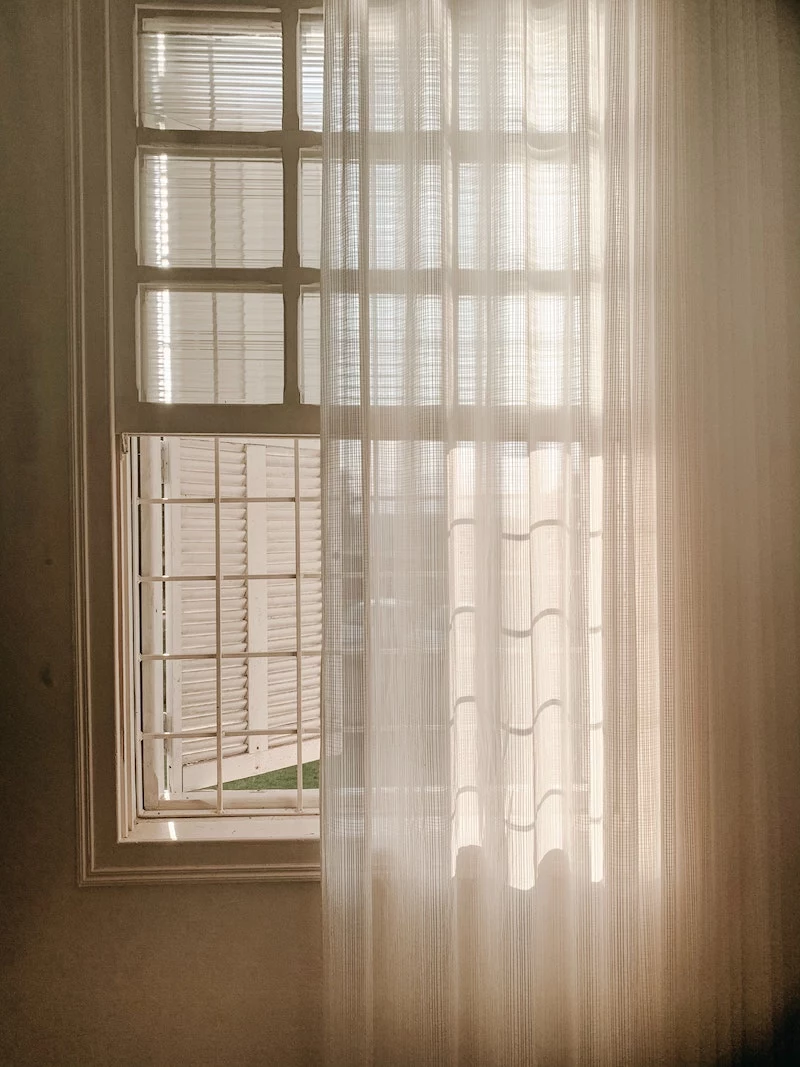
Windows: The Weakest Link in Your Armor
Windows are a massive source of heat gain. A single square foot of glass in direct sun can let in more heat than a small space heater produces. Closing the blinds helps, sure, but we can do way, way better.
So, what’s the best option? It really depends on your budget and how much you’re willing to DIY.
- Good: Interior Coverings. Standard blinds are better than nothing, but the heat has already passed through the glass and is now trapped in your room. Insulated or blackout curtains are a much better choice. They have a thermal layer that really slows heat down. For these to work, you’ve got to keep them closed on the sun-facing sides of the house (usually south and west) during the hot parts of the day. A good set can run you $30 to $80 per window.
- Better: Low-E Window Film. If you don’t want to live in a cave, low-emissivity (Low-E) film is a fantastic upgrade. It’s a transparent film you apply to the inside of your windows that reflects heat while letting light through. I’ve checked the difference with an infrared thermometer on a hot day—it can be over 20°F cooler on the surface of the glass. You can DIY this for about $20-$50 per window, but it takes patience to get it on without bubbles. A professional install will cost more but look perfect.
- Best: Exterior Shading. Honestly, the absolute most effective solution is to stop the sun from even touching the glass. Exterior solar screens, awnings, or even a well-placed tree are the gold standard. A deciduous tree is a great long-term investment; it gives you dense shade in the summer but drops its leaves in winter to let the warm sun in. I’ve seen exterior screens drop a room’s temperature by a solid 15 degrees. They’re a bigger investment, often $100-$300+ per window installed, but the payoff is huge.
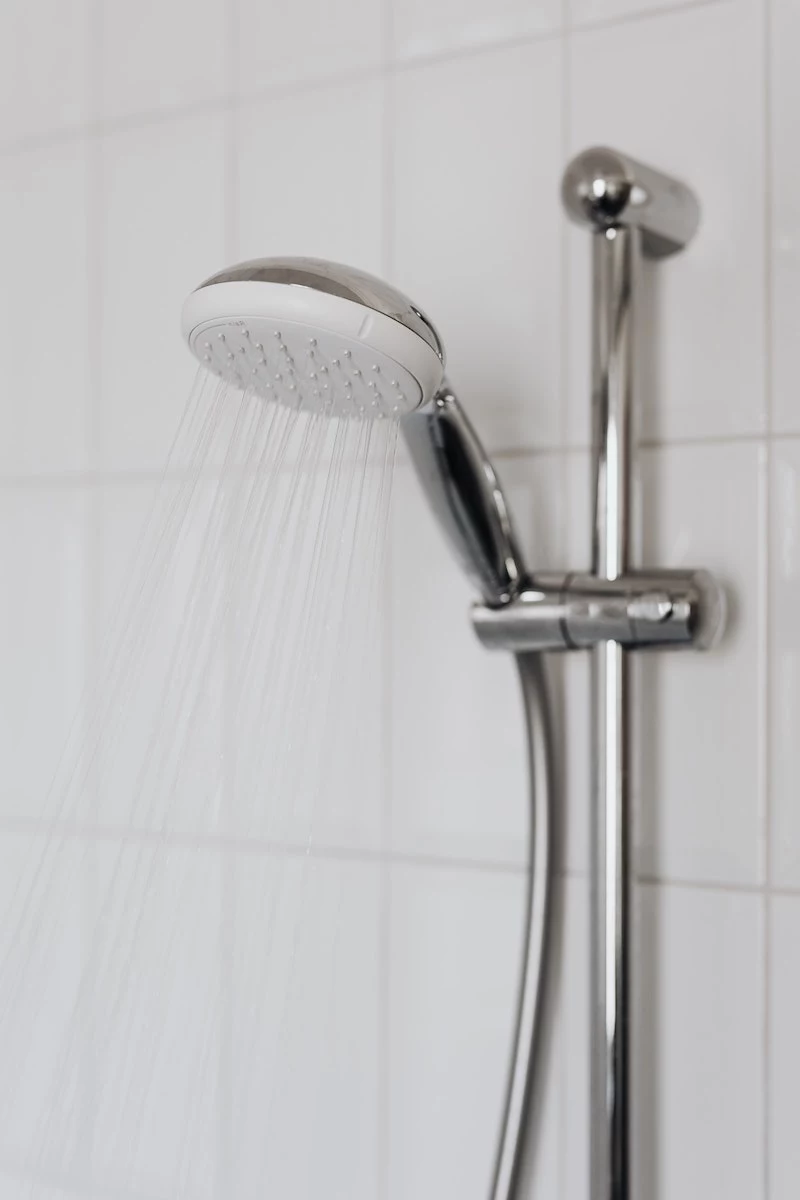
The Roof & Attic: The Giant Oven Over Your Head
Your roof takes a beating from the sun. On a 90°F day, a dark roof can easily hit 160°F or more. This turns your attic into an oven, and that heat slowly cooks its way down through your ceiling.
- Attic Ventilation. A well-ventilated attic can stay 30-40 degrees cooler than a stuffy one. The idea is simple: create airflow. Cool air should enter through vents under your eaves (soffit vents) and push hot air out through vents at the top (ridge or gable vents). A common mistake I see all the time is soffit vents blocked by insulation. It’s worth a trip to your attic to check. A quick tip: You can buy plastic insulation baffles for about $3 each at a hardware store to install over your soffits. They create a channel so you can pile up insulation without blocking the airflow.
- Radiant Barrier. This is one of my favorite upgrades for homes in sunny climates. It’s basically a big sheet of aluminum foil stapled to the underside of your roof rafters. Instead of absorbing heat, it reflects it right back out. This one trick can lower attic temperatures by up to 30°F, which is a massive win. For it to work, you need an air gap, so don’t press it directly against the roof deck.
Heads up! Working in an attic in the summer is no joke. Heatstroke is a real danger. If you go up there, do it early in the morning, bring water, and have someone with you. And always wear an N95 mask to avoid breathing in nasty insulation fibers.

Manage the Heat You Make Indoors
It’s easy to forget, but we generate a lot of our own heat inside the house. Why pay to cool your home just to run appliances that are heating it right back up?
- Cooking. Your oven is a massive heat source. On a hot day, it can easily raise the kitchen temp by 10 degrees. In the summer, try to shift your cooking to a microwave, a slow cooker, or better yet, an outdoor grill. If you have to use the stovetop, make sure you’re using the exhaust fan to vent that hot air outside.
- Appliances. Dishwashers and clothes dryers are also heat-and-humidity machines. A quick story: I once did a service call for a house that was always muggy. Turns out, the dryer vent hose had disconnected and was just pumping hot, moist air into the laundry room all summer. So, run these appliances at night, and always check that your dryer is venting properly to the outside.
- Lighting. This is an easy one. Old-school incandescent bulbs are basically tiny heaters that happen to produce a little light. About 90% of their energy is wasted as heat. Switching to LED bulbs is a no-brainer. They produce almost no heat, use way less electricity, and last forever.
- Electronics. TVs, computers, game consoles… they all generate heat. Turn them completely off when you’re done, don’t just leave them in standby mode.

Create a Breeze: The Power of Moving Air
Moving air helps sweat evaporate from your skin, which makes you feel cooler. It’s the “wind-chill effect” for summer. Fans don’t actually lower the room’s temperature, but they let you set your thermostat a few degrees higher and feel just as comfortable, which saves a ton of energy.
- Ceiling Fans. Make sure your fan is spinning the right way! In the summer, the blades should rotate counter-clockwise to push air straight down on you. I’ve been in so many houses where the fan was spinning backward, just pulling hot air up to the ceiling all summer. And remember, fans cool people, not rooms. Turn them off when you leave.
- Window Fans. These are great if you use them strategically. At night, when the outside air is finally cooler than the inside air, place one fan on the cool side of the house blowing in, and another on the opposite, upstairs side of the house blowing out. This creates a cross-breeze that flushes out all the hot, stale air.

The Pro Move: A Whole-House Fan
A whole-house fan is a powerful fan mounted in your ceiling that pulls huge amounts of cool night air through your windows and blasts the hot air out through your attic vents. It can completely change the air in your house in minutes. In the right climate, it can almost eliminate the need for AC. But this isn’t a simple DIY. It needs to be sized and installed correctly, and you MUST open windows before turning it on, or it can create a dangerous back-draft from your gas appliances. Expect to pay between $1,500 and $3,000 for a professional installation.
Fortify Your Home’s Shell
The “building envelope” is the barrier between you and the outside world. Improving it with insulation and air sealing is the most important long-term investment you can make for a comfortable home.
Insulation: Your Best Friend Against Heat
Insulation’s only job is to slow down heat. Its power is measured in R-value—the higher, the better. The most critical place for it is your attic floor. Most older homes are seriously under-insulated by today’s standards. Look up the recommended levels for your climate zone; for many places, that’s R-49 to R-60, which is about 16-22 inches of blown-in insulation. Adding insulation can cost between $1.50 and $3.50 per square foot installed, but it can save you up to 20% on energy bills and often pays for itself in just a few years.
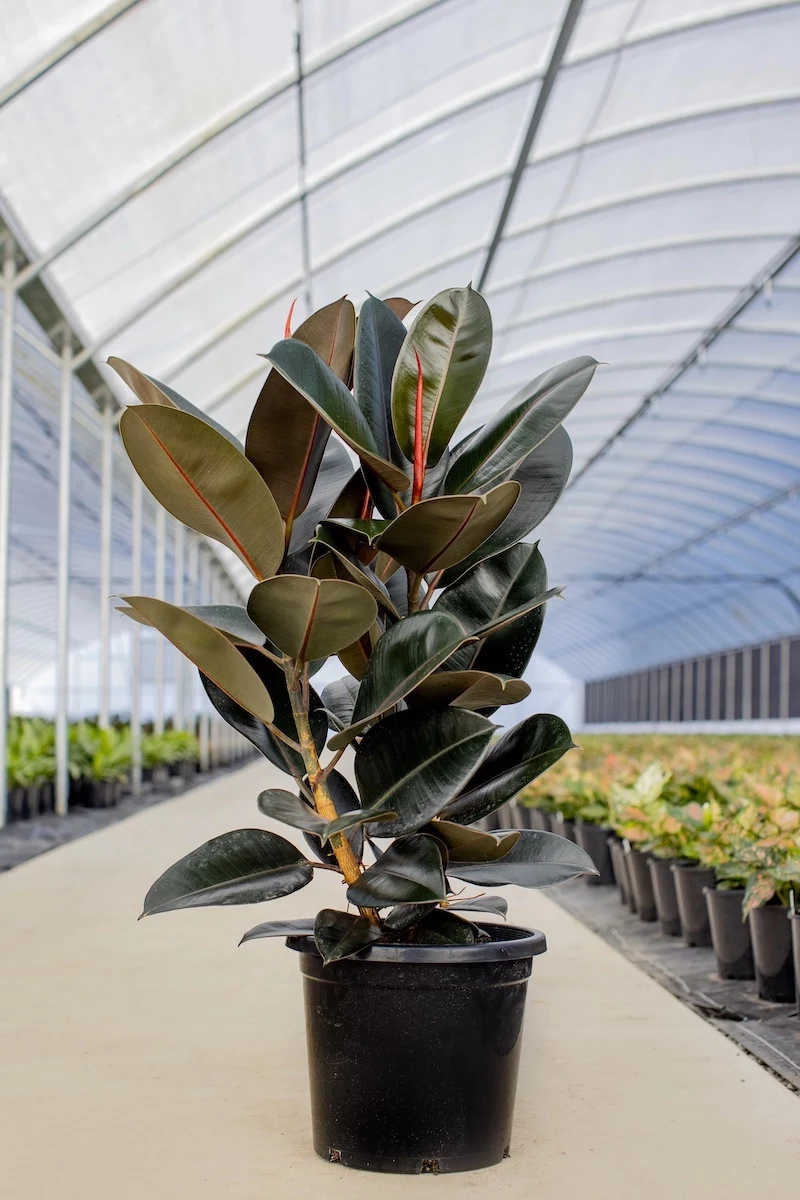
Air Sealing: Plug the Leaks!
All the insulation in the world won’t do much if your house is full of holes. Small cracks and gaps add up to the equivalent of leaving a window open. Pros use a “blower door” to find these leaks, but you can find the biggest culprits yourself. Check for gaps around pipes under your sinks, recessed lights, and especially your attic access hatch.
Beginner’s Air Sealing Kit: You can get started for under $30 at any hardware store. Grab a can of expanding foam spray like “Great Stuff Gaps & Cracks” ($8), a tube of paintable acrylic latex caulk with silicone for smaller gaps ($6), and a roll of foam weatherstripping ($12).
5-Minute Fix for Today: Go weatherstrip your attic hatch right now. Seriously. It’s often the biggest single air leak in your ceiling. That $12 roll of foam tape can make a noticeable difference today.
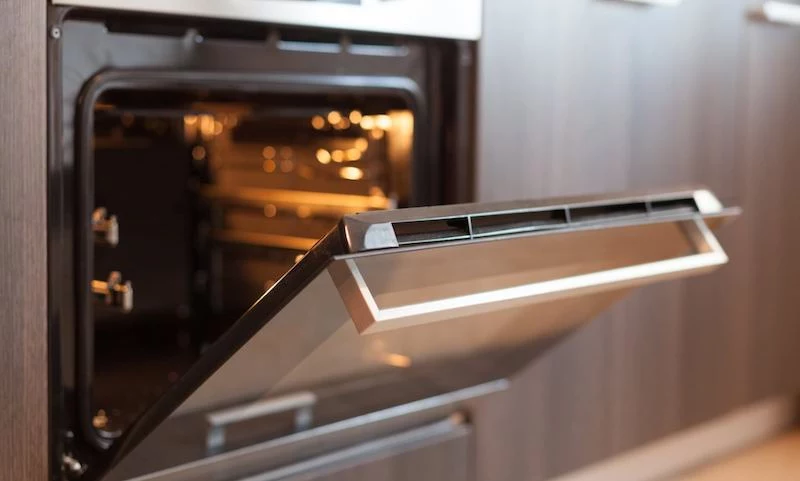
Okay, Where Should I Start?
This can feel like a lot, I get it. The key is to start smart. Here’s a simple, prioritized plan:
- Free & Easy (Do This Week): Change your habits. Close blinds on sun-facing windows. Use your grill instead of the oven. Run the dishwasher at night. And for heaven’s sake, check that your ceiling fans are spinning counter-clockwise!
- Low-Cost Weekend Projects (Under $100): Tackle the low-hanging fruit. Weatherstrip your attic hatch and doors. Use caulk and foam to seal the most obvious air leaks you can find around pipes and wiring. Check that your soffit vents aren’t clogged with insulation.
- Smart Investments (Plan for These): Once you’ve done the easy stuff, look at the bigger-ticket items. Adding attic insulation is almost always the best bang for your buck. After that, consider Low-E window film or exterior shades.
For too long, the focus has been on just getting a bigger, more powerful air conditioner. But a beefy AC in a leaky, uninsulated house is like trying to cool a tent with the door wide open. By focusing on the house itself, you create a home that is naturally more comfortable and needs far less energy to cool. That saves you money, makes your home more pleasant, and puts less strain on your equipment. You now have the knowledge to make it happen.
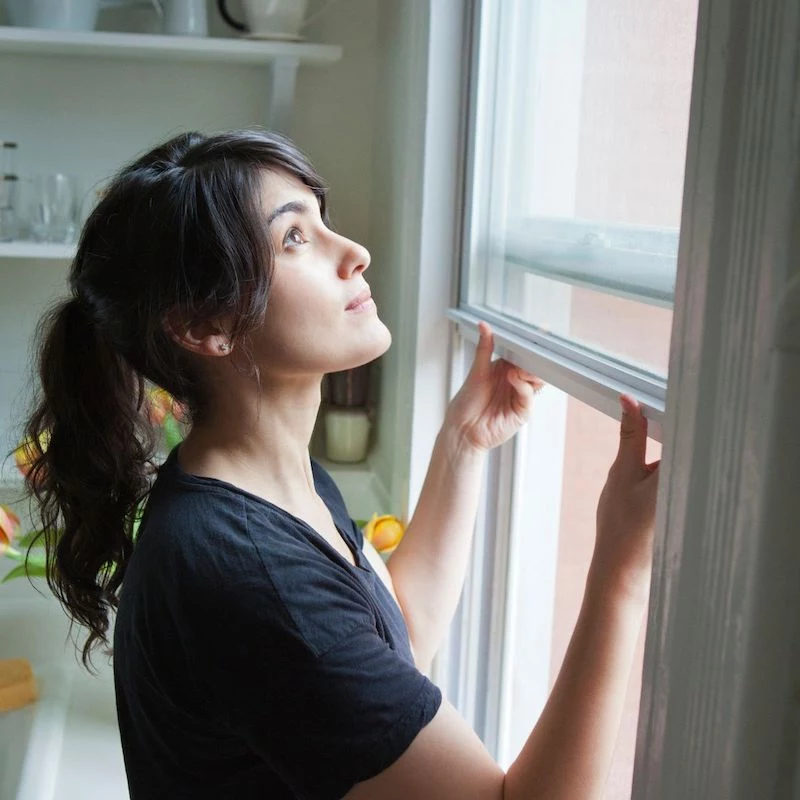
Inspirational Gallery
Radiant Barrier vs. Traditional Insulation: A radiant barrier, essentially a sheet of highly reflective material like foil (think products like Reflectix), is installed in attics to block radiant heat from the roof. It doesn’t replace your R-value insulation (like Owens Corning fiberglass batts) but works with it. The insulation slows heat conduction, while the barrier reflects radiant heat before it can even reach the insulation. For hot, sunny climates, it’s a powerful one-two punch.
Think of it this way: insulation is like a winter coat, while a radiant barrier is like a space blanket.
Is a whole-house fan a good alternative to an air conditioner?
It can be, but only under the right conditions. A whole-house fan is designed to be used when the outside air is cooler than the inside air (typically in the evenings or overnight). It works by pulling cool air in through open windows and exhausting hot air out through the attic. It’s incredibly energy-efficient for these specific times but isn’t a replacement for an AC during a hot, humid afternoon when the outside air offers no relief.
- A dramatically cooler home, especially on the upper floors.
- Lower air conditioning bills, sometimes by as much as 30%.
- Longer lifespan for your roof shingles, as they aren’t being cooked from below.
The secret? Proper attic ventilation. Ensuring a continuous flow of air from soffit vents (at the low-point of your roof) to ridge or gable vents (at the high-point) is non-negotiable. This passive system uses natural convection to exhaust the super-heated air that builds up in your attic before it radiates down into your living space.
The power of exterior color: Your home’s exterior paint isn’t just for curb appeal. Dark colors absorb more radiant energy from the sun, while light colors reflect it. A house painted in a dark slate grey can be 10-20°F hotter on its surface than one painted in a classic white or light beige. Brands like Sherwin-Williams offer specialized
Don’t underestimate the cooling power of interior design. Beyond just thermal curtains, consider these elements:
- Breathable Fabrics: Swap out heavy velvets or wools for linen or cotton slipcovers and throws. They feel cooler to the touch and don’t trap body heat.
- Hard Surfaces: Tile or stone floors feel inherently cooler underfoot than wall-to-wall carpeting, which acts as insulation.
- Strategic Mirrors: Placing a large mirror opposite a window can bounce light around, creating a sense of airiness and brightness without adding heat.
A single, mature tree can provide the same cooling effect as ten room-size air conditioners operating 20 hours a day. – U.S. Forest Service
Common Mistake: Closing air vents in unused rooms. It seems logical—why cool a room you’re not in? However, most residential HVAC systems are designed as a balanced, closed-loop system. Closing vents can increase pressure in your ducts, leading to air leaks, reducing overall efficiency, and potentially damaging your system’s compressor. It’s better to let the system operate as it was designed.
Take inspiration from Mediterranean homes. The classic white-washed walls of Greek islands aren’t just for aesthetics; the white color reflects intense sunlight. Deep-set windows, pergolas covered in vines, and stone floors are all ancient, time-tested strategies for creating a cool oasis in a hot climate. These elements work together to block the sun and provide cool surfaces.
The Smart Thermostat Advantage: A device like a Google Nest or Ecobee smart thermostat does more than just follow a simple schedule. It learns your household’s patterns, uses motion sensors to know when you’re away, and can even use weather data to pre-cool your home before the hottest part of the day, saving energy and maximizing comfort without you having to touch a thing.


